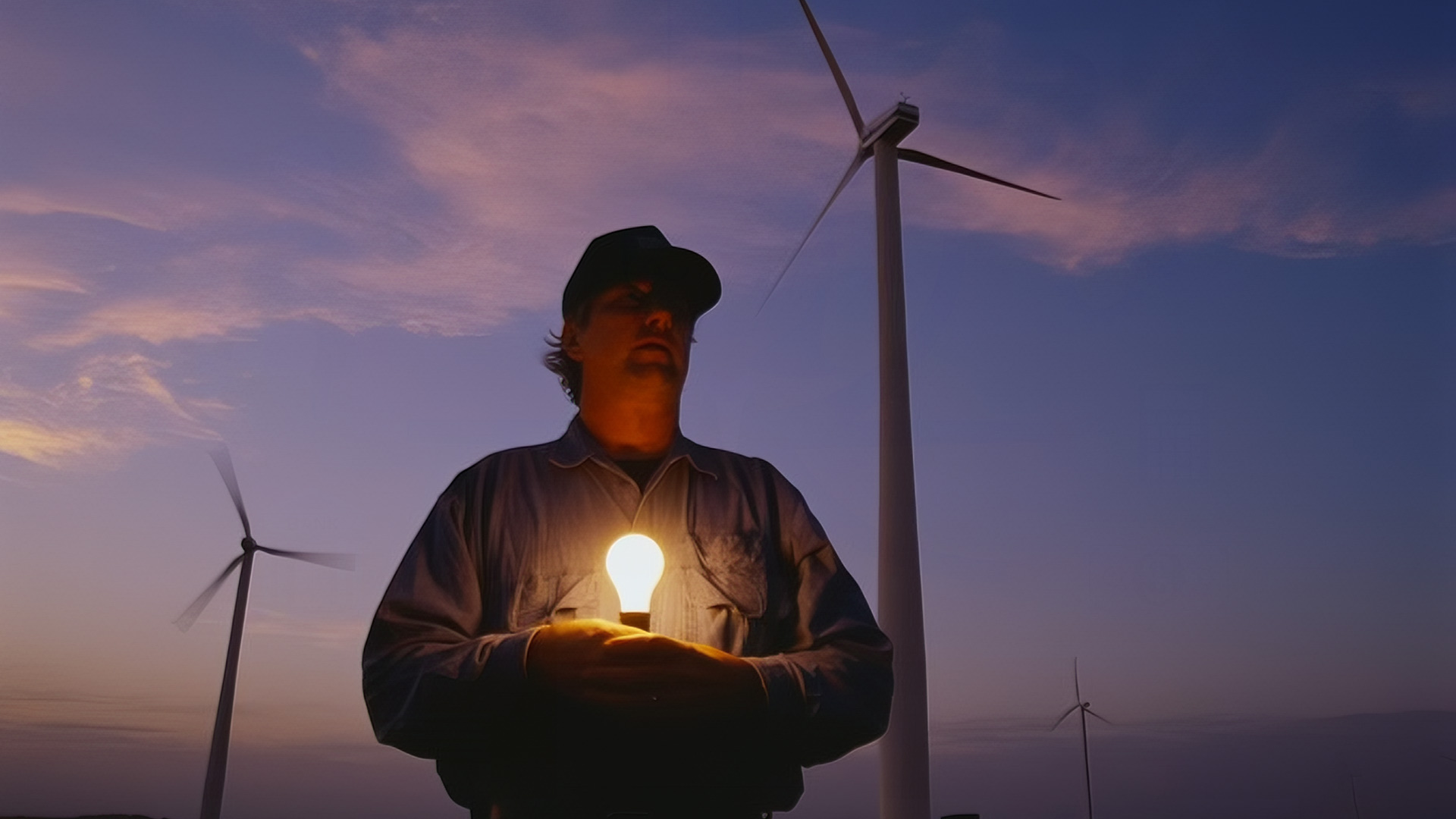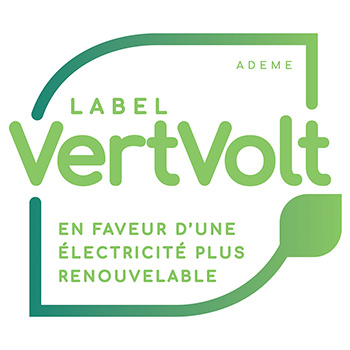green electricity label: Vertvolt reveals the color of your electricity

Since the liberalization of the electricity market in the 2000s, particularly for private customers, suppliers have been vying with each other with so-called green offers. But what’s really behind this adjective, which is certainly seductive but smacks of greenwashing? Until now, confusion reigned. A supplier could certainly commit to encouraging the penetration of electricity produced from renewable energies onto the grid, by purchasing “guarantees of origin” (GOs) up to the amount of electricity consumed by its green electricity customers: 1 GO for 1 MWh purchased. Guarantees of origin are dematerialized securities sold on a dedicated market by producers of renewable electricity, serving as proof that their electrons are indeed green and have indeed been fed into the grid. But then, this supplier has to source electricity to satisfy its customers, and it doesn’t necessarily buy electricity from the renewable producers in question! Or at the same time!
On the network, an electron loses its color
To remedy this shortcoming, the French Agency for Ecological Transition (Ademe) has created the VertVolt label . ” The reflection began at the end of 2018, following the publication of an agency opinion revealing a lack of transparency and questionable effectiveness of the system to really green the grid ,” explains Brice Arnaud, at the Bioeconomies and Renewable Energies Department. The press had also pointed out this bias, which is all the more difficult to resolve because when an electron reaches the power grid, it loses its “color” and mixes with all the others. The label is the fruit of three years’ work, supervised by Ademe, involving suppliers, producers, consumers, public bodies (Médiateur de l’énergie, DGCCRF) and quality reference professionals. The aim is to develop a set of guidelines requiring, among other things, the purchase of green electricity and associated GOs from the same producer, and a French one at that. ” The time step required for joint purchasing is monthly. Everything must be transparent and traceable “underlines Brice Arnaud. The label is not just about color, it’s also based on the principle that the greenest electron is the one you don’t consume: actions to encourage energy sobriety and efficiency are required to obtain it.
Two levels of commitment have been defined and embodied in the graphic signature: “committed” (the supplier composes its offer by contracting with well-identified producers) and “very committed” (offer composed of more than 25% with producers whose facilities built after 2015 have not benefited from public support, or who have placed their company under shared governance). And as an option, “without nuclear power”: here, the supplier waives its right of access to ARENH, a scheme that gives it access to historical nuclear electricity at a regulated price.
Seven labelled offers to start with
“ The priority was to have offers that received the label as soon as it was launched, for greater impact and to encourage suppliers to improve their quality. From mid-September 2021, they were given the opportunity to apply by completing an application form and a letter of commitment. The on-site audit will take place at a later stage, as provided for in the standard. “explains Jérémie Mella, project manager at AFNOR Certification. The first five suppliers to display the label (seven in all) will be audited at the beginning of 2022 to verify their activity and secure their label(s) for the next three years. ” We’re delighted with this initial range of suppliers, which shows that VertVolt is suitable for everyone: large or small, new or established, generalist or 100% renewable ,” says Jérémie Mella.
On the small side, Planète OUI is delighted with the label’s demanding approach. Grégoire François, portfolio manager, expects ” a strong impact, as consumers demand transparency and are increasingly inclined to change supplier “. ” We appreciated the work carried out with AFNOR Certification to further refine our offerings, particularly those related to facilities under shared governance or set up without state support,” he adds. Another label holder, Enercoop, welcomes this new label ” which largely meets consumer expectations “. Especially as this supplier didn’t have to make much effort: ” We were already meeting the criteria of the standard, with joint purchasing, direct contracts with our French producers and priority given to local projects,” explains Eugénie Bardin, Public Affairs Manager. Alongside these two suppliers, EDF, Engie and Plüm Energie complete the quintet of those who have earned the label straight away.
” Transparency, dynamism of the green market, development of renewable producers… We will measure the results of VertVolt every year in October ,” explains Brice Arnaud at Ademe. In the meantime, suppliers are invited to work on their bids and apply. After the first series of audits in 2022, the next will take place from February 2023, covering the period from December 2021 to November 2022.
